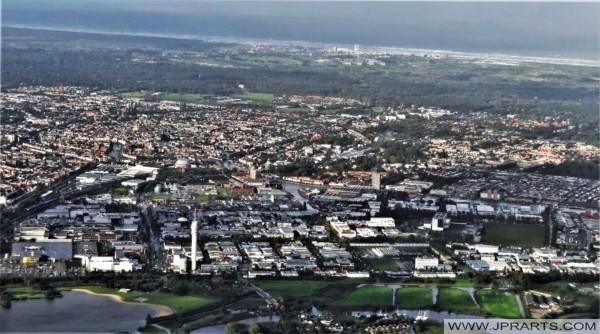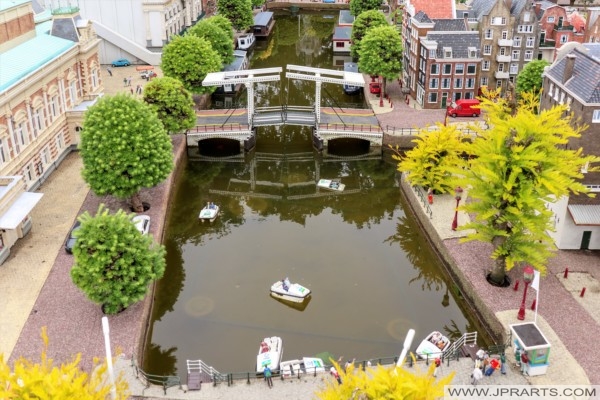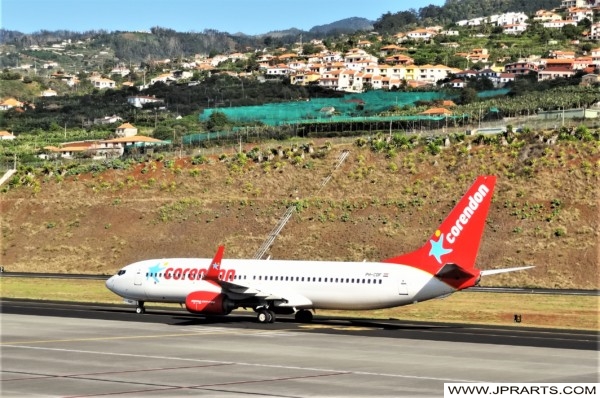Haarlemmermeer is a municipality in the province of North Holland, Netherlands. It is a polder, consisting of land reclaimed from water; the name Haarlemmermeer means Haarlem’s lake, still referring to the body of water from which the region was reclaimed in the 19th century. Its main town is Hoofddorp. It is one of the largest towns (population 70,030 in 2020) in the Netherlands whose name is not used as the name of a municipality. This town, together with the towns of Nieuw-Vennep and Badhoevedorp, forms part of the Randstad agglomeration. The Netherlands’ main international airport Schiphol is located in Haarlemmermeer. This major civilian aviation hub using 15% of Haarlemmermeer’s land area.
Haarlemmermeer, The Netherlands
Haarlemmermeer, Holanda
In 1643, Jan Adriaanszoon Leeghwater proposed to dike and drain the lake. Similar schemes, among which those of Nicolaus Samuel Cruquius in 1742 and of Baron van Lijnden van Hemmen in 1820 are worthy of special mention, were brought forward from time to time. But it was not until a furious hurricane in November 1836 drove the waters as far as the gates of Amsterdam, and another on Christmas Day sent them in the opposite direction to submerge the streets of Leiden, that the mind of the nation was seriously turned to the matter.
On 1 August 1837, King William I appointed a royal commission of inquiry; the scheme proposed by the commission received the sanction of the Dutch Parliament’s Second Chamber in March 1839, and in the following May the work was begun.
Haarlemmermeer, Niederlande
荷兰哈勒默梅尔
Харлеммермер, Нидерланды
First, a canal was dug around the lake, called Ringvaart (Ring Canal), to carry the water drainage and boat and ship traffic which had previously gone across the lake. This canal was 61 kilometres (38 mi) long, and 2.40 metres (7.9 ft) deep, and the excavated earth was used to build a dike from 30 to 50 metres (98 to 164 ft) wide around the lake. The area enclosed by the canal was more than 180 square kilometres (69 sq mi), and the average depth of the lake 4 metres (13 ft). As the water had no natural drainage, it was calculated that probably 1000 million tons of water would have to be raised by mechanical means.
All of the pumping was done by steam mills, an innovation contrasting with the historic practice of draining polders using windmills. Three Cornish beam engines were imported from Hayle: the Leeghwater, the Cruquius (the largest Watt-design reciprocal stroke steam engine ever built and later a museum), and the Lijnden. Pumping began in 1848, and the lake was dry by July 1, 1852.
Haarlemmermeer, Nederland
هارلميرمير ، هولندا
Initially agriculture dominated in Haarlemmermeer. But with 99% of the land owned by a few wealthy land owners, poor harvests and low commodity prices, life was very difficult for the tenant farmers. After 1900, the situation improved when commodity prices rose and most farmers owned their own land. Then greenhouse farming developed. Seasonal labourers, attracted by good pay, boosted the population by settling in the villages along the Ringvaart. Maize, seeds, cattle, butter, and cheese were the principal produce. later on large industrial and office developments have become prominent, especially at Hoofddorp and Schiphol.
Haarlemmermeer, Belanda
The municipality of Haarlemmermeer consists of the following cities, towns and villages: Aalsmeerderbrug, Abbenes, Badhoevedorp, Beinsdorp, Boesingheliede, Buitenkaag, Burgerveen, Cruquius, De Hoek, Haarlemmerliede, Halfweg, Hoofddorp, ‘t Kabel, Leimuiderbrug, Lijnden, Lisserbroek, Nieuwe Meer, Nieuwebrug, Nieuw-Vennep, Oude Meer, Penningsveer, Rijsenhout, Rozenburg (North Holland), Schiphol, Schiphol-Rijk, Spaarndam (partly), Spaarnwoude, Vijfhuizen, Vinkebrug, Weteringbrug, Zwaanshoek, Zwanenburg.
Haarlemmermeer, Pays-Bas
ハーレンメルメール、オランダ
Visit Netherlands Holidays to Book Flights and Hotels Cheap Online






